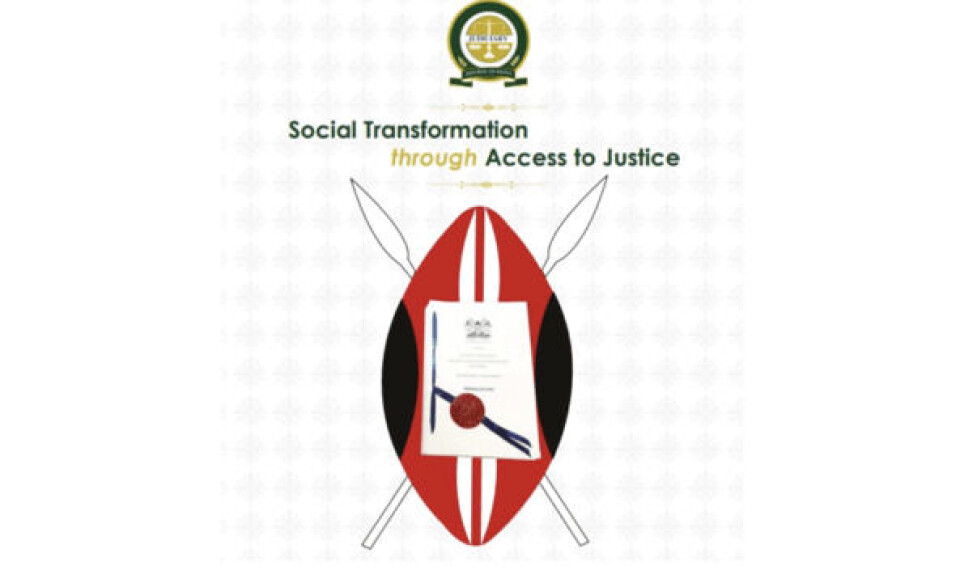Copyright : Re-publication of this article is authorised only in the following circumstances; the writer and Africa Legal are both recognised as the author and the website address www.africa-legal.com and original article link are back linked. Re-publication without both must be preauthorised by contacting editor@africa-legal.com
Adopting a people-centred approach to justice

Kenya has become the first country to develop a people-centred approach to justice delivery and social transformation. Paul Ogemba spoke to Chief Justice Martha Koome to find out more.
The ten-year strategic blueprint themed Social Transformation through Access to Justice (STAJ) 2023-2033, launched in November by Chief Justice Martha Koome, seeks to make the judiciary efficient, accessible and responsive to the needs of Kenyans.
Chief Justice Koome said that with the blueprint, Kenya has entered a new era where justice is a right for all and not a privilege for a few.
“With the blueprint, our courts will be accessible havens where judges, judicial officers and staff are service-oriented and care about the wellbeing and dignity of court users. Our processes will be streamlined and simplified, not just for efficiency, but to ensure that justice is reachable and understandable to every citizen regardless of their social or economic status,” Koome said.
According to Koome, the STAJ aims to promote a multi-door approach to justice, empowering individuals to resolve disputes through various means including mediation, alternative justice systems, conciliation, arbitration, and other dispute resolution avenues.
The STAJ is designed to deliver five key outcomes that will result in a strong judicial institution that is independent, accessible, efficient and protects the rights of all, especially the vulnerable, and which will build enhanced public trust and confidence in the judicial system
It also sets out plans for an inspired team of judges, judicial officers and staff committed to excellence in the delivery of justice; strengthened financial mechanisms that support the independence and integrity of the judiciary; and deepened partnerships that enhance coordination in the administration of justice.
With increasing global concerns over climate change, the STAJ provides that the judiciary will integrate environmental sustainability practices into its operations, procedures and decisions through green justice.
“The judiciary will adopt actions to address the impact of climate change through enhancing digitisation to reduce the use of paper, adopting sustainable procurement practices, employing the 3R concept of Reduce, Reuse and Recycle, and continuously engaging in community-based environmental initiatives,” reads the blueprint.
Koome stated that with the blueprint, they are transforming the justice landscape in Kenya, making it more inclusive and efficient, and that they are committed to ensuring that no one – especially the 20 million who have been excluded from the formal justice system up to now – is left behind.
The STAJ was developed through support of the Hague Institute for Innovation of Law (HiiL), with its Chief Executive Officer Sam Muller stating that the blueprint will champion a multi-door approach in which state and non-state justice providers work together to deliver justice.
“The strategy envisions further developing the already impressive data capacity of the Kenyan Judiciary. It anchors evidence-based working and the capacity for innovation throughout. It sets clear parameters for collaboration across institutions in the realisation of the agreed outcomes,” Muller said.
Koome added that, through the blueprint, they are changing the face of justice in Kenya by embarking on a new trajectory focused on transforming the judiciary into a caring and service-oriented institution that not only dispenses justice, but also uplifts and empowers the people.
